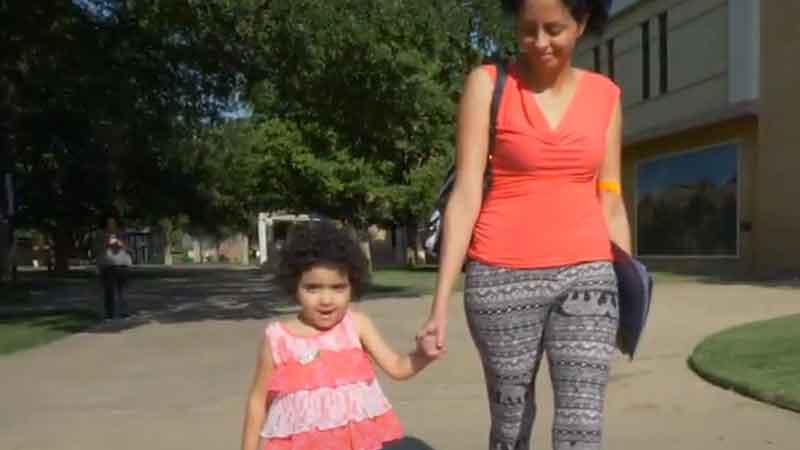By Wayne Taliaferro and Muhammad Kara
The federal stimulus plan directs $6.28 billion in emergency aid to college students. While receiving plaudits for its focus on direct support to students, the relief fund has also drawn criticism amid its restrictions and rollout. But what it does include is an additional avenue of support for a group that is often overlooked in higher ed discussions – students juggling family responsibilities along with their classes.
Despite long-held perceptions that college students are mostly 18- to 24-year-old “kids” who live on traditional four-year campuses and receive financial support from their parents, a significant share are actually over 25, financially independent, often low-income, and raising children of their own.
Around 4 million college students (one-fourth of the student population) are parents, many in need of child care services in order to succeed in class and earn a living. But they face high child care costs, long waitlists, and limited subsidies with sometimes stiff eligibility requirements – all on top of growing financial instability brought on by the economic downturn. As one student parent said, navigating higher education while raising a family is already tough, but the added uncertainty brought on by the pandemic means “something has to give.”
It’s simple. Access to affordable, high-quality child care aids student parents and their children. Investments in quality child care help increase attainment and can lead to higher earnings for the parent and enhanced developmental and educational outcomes for their children. In many ways, it’s an economic necessity, yet costs are prohibitive. In most states, child care expenses amount to more than public in-state tuition. And with the closures and disruptions of child care centers caused by the economic downturn, access will be even more constrained.
On top of these challenges, student parents are more economically insecure and disproportionately single women of color – a reflection of larger inequality. Their need for support is greater now in this faltering economy, which could be further complicated by work requirements for child care subsidies and by necessary restrictions placed on providers to meet public health-related priorities. The availability of more flexible home-based care options, often used by student parents, will also decrease due to closures. Consequently, student parents will likely face limited options and difficult decisions about school, work, family, and safety. They risk even greater loss, especially as economies reopen, job and enrollment statuses change, and care needs shift.
Opportunities to elevate these issues at the state and federal level could offer a window for change. In addition to the $6.28 billion in emergency aid in the CARES Act, the plan also included $3.5 billion to states in flexible emergency funding to support child care through the Child Care Development and Block Grant. It’s a small increase relative to the scope of the need, but taking steps designed specifically to assist student parents as part of that broader need could be critical as new policy conversations take shape. Currently, constraints and eligibility requirements vary from state to state.
Right now, only one federal child care program is targeted specifically to student parents. The Child Care Access Means Parents in School program supports low-income student parents by providing funds to colleges for child care services. The program serves about 1 percent of student parents, in part because of resource limits. Now – as campuses shift to distance learning, child care centers close (along with some institutions, perhaps), and future enrollment remains uncertain – it’s important to rethink how student parents might leverage these resources for more flexible care options.
Some institutions may already be thinking ahead, and some states such as Oregon already have launched or are considering more student-friendly subsidy programs. Still, as national awareness, private investment, and policy interests around student parents and child care grow, even more systemic investment will be needed to scale up the effort in these uncertain times. Lumina has joined in that push with our support of the Rise Prize, a project that seeks innovative ideas that help student parents.
This pandemic could mark a pivotal moment in how we invest in our nation’s future – a redefining period for our economic systems, infrastructure, and education. Our road to recovery will not be sustainable or equitable otherwise.
As we work to regain some bit of normalcy, and even greater progress, we must look to that brighter future. We must build a system in which everyone can thrive, especially those who’ve most often been overlooked. And for student parents, a system of affordable, accessible, high-quality child care could be a start.
Wayne Taliaferro is a strategy officer for finance and federal policy at Lumina Foundation.
Muhammad Kara is a graduate student at The George Washington University and former policy research intern for Lumina.
